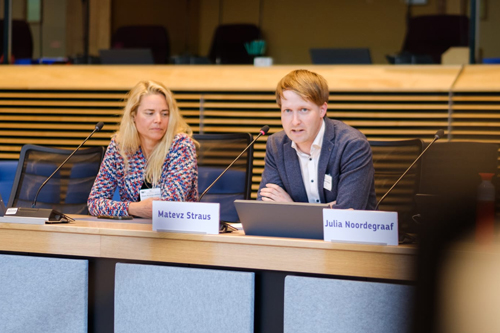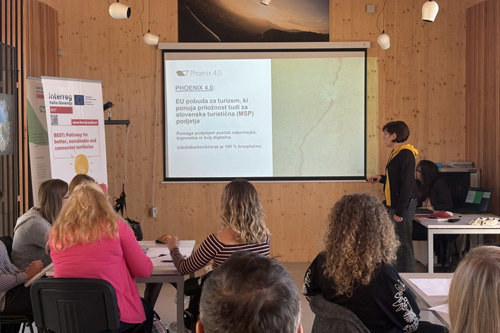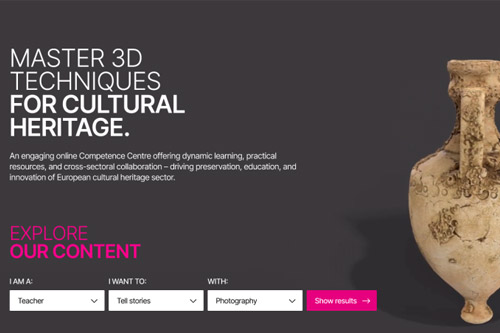
Matevž Straus and Urška Starc Peceny, from Tourism 4.0, recently attended the Europeana TwinIt conference, an important event focused on using 3D technology to save and share Europe’s cultural treasures. The conference, held as part of the TwinIt initiative and supported by the European Commission and the Europeana initiative, brought together all 27 EU member states, each contributing a digitized 3D cultural heritage asset to a common European cultural heritage data space.
TwinIt aims to use 3D technology to preserve and showcase Europe's cultural heritage (video). It encourages EU states to digitize artifacts, monuments, and sites in 3D. By 2030, the goal is to digitize endangered monuments and 50% of the most visited sites. The first main objective of the initiative is the aims to make cultural heritage more accessible through 3D digitization so that inaccessible sites can be explored virtually. Secondly, it focuses on preserving European cultural heritage for future generations by helping with non-destructive analysis and restoration. Thirdly, TwinIt promotes the use of 3D models in the fields of education, research, and smart cities to foster innovation and creativity in these areas.
At the closing conference in Brussels, Commissioner Thierry Breton emphasized the importance of using technology to protect Europe's cultural heritage. Matevž Straus and Urška Starc Peceny, representatives of Tourism 4.0, attended the conference and participated in the discussion. Matevž Straus stressed that 3D digitization serves as a basis for further innovation and underlined the need to invest in experiences that bring cultural heritage closer to the public. Urška Starc Peceny underlined the importance of connecting sectors and solutions in the European Commission’s communication and emphasized the potential of data spaces for tourism, cultural heritage, and media.
The Europeana TwinIt conference highlights Europe's dedication to digitally preserving and promoting its cultural heritage. With EU Member States and initiatives like TwinIt, 3D technology enriches cultural experiences, drives innovation, and ensures heritage preservation for the future.



